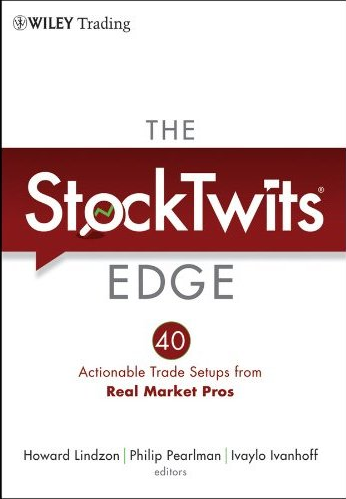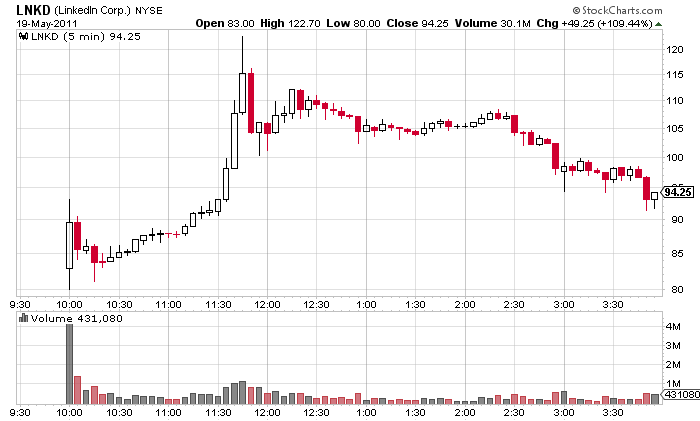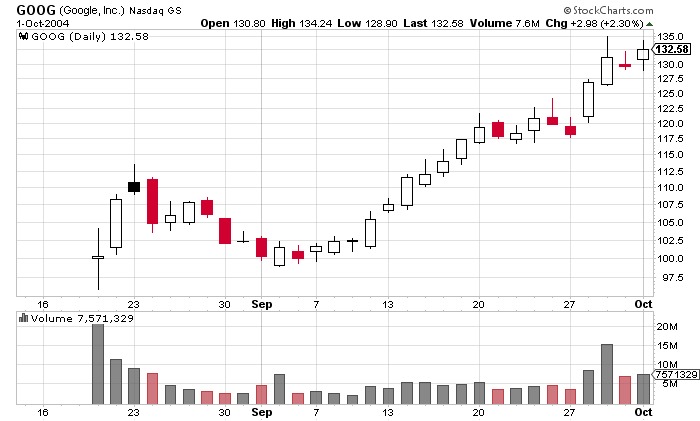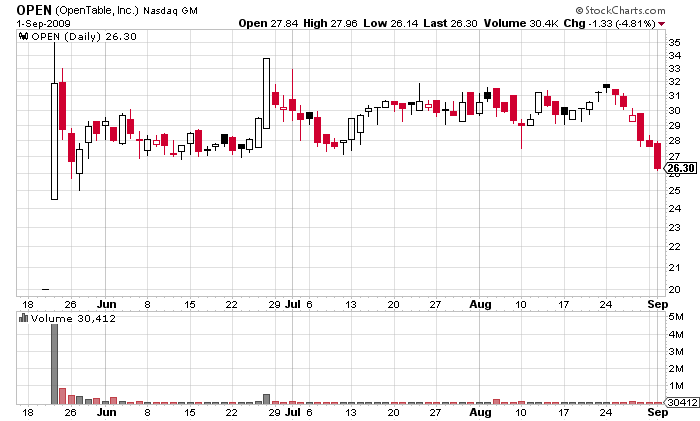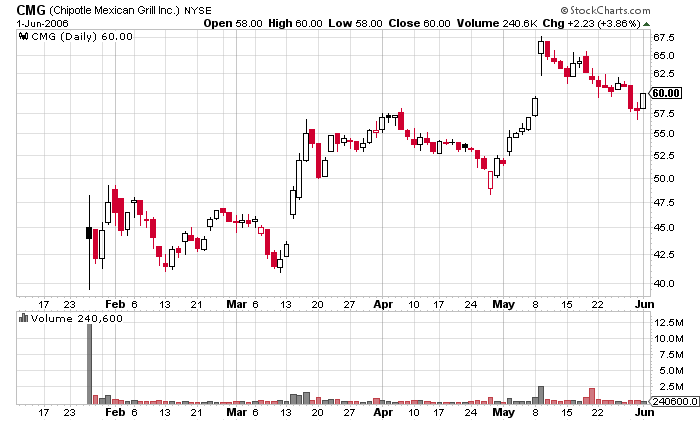Learning how to trade is difficult. It has always been. Nothing can replace the time you need to spend to develop your understanding and procedural memory; there is not a substitute for the right attitude, mentors and experience. What makes the learning process different today is called social media; the existence of vertical social networks that provide the tools to shorten your learning curve, make the journey more enjoyable and safer if you will.
Let’s assume that you love basketball and you would like to play in NBA one day. Imagine you had access to Kobe Bryant and Michael Jordan. How amazing it would be if you could ask them questions and train along them every day. How much faster you would develop your skills. Imagine if Kobe and Michael could’ve trained together. How much better each of them would’ve become. This is what StockTwits has done for traders and investors.
You don’t need to wear a suit or talk on CNBC to be respected on ST. You just need to show up every day and share. StockTwits believes in meritocracy. As American idol promotes the most talented singers that nobody has heard of, StockTwits shines the spotlight on real market pros many of whose names are not widely known – yet. People are voting every day by following and re-tweeting.
In an attempt to promote excellence, StockTwits organized a crowd-sourced book by inviting some of the most renowned traders and investors in the financial web to share in specific details how they approach the market every day. This is a very practical book, filled with over 40 actionable setups. Each contributor walks you step by step through his/her decision making process. – from searching for new ideas, to executing, managing risk and closing a position, so you could repeat it later yourself. Expect more details soon.
Coming July 5th
